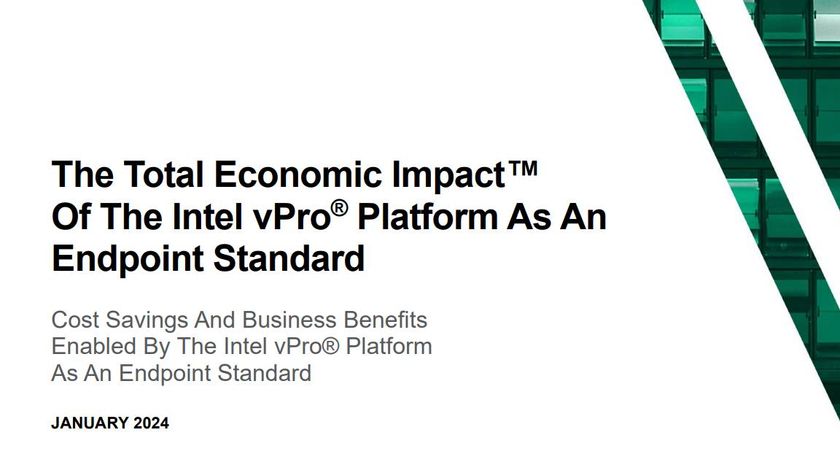RAID options start with Dell's PERC S100 software upgrade which is included as standard and supports mirrors or stripes for a maximum of two drives. If you plan on using four 2.5in drives you'll need a PERC S300 PCI Express card which also provides support for 3Gbit/s SAS/SATA drives and RAID 5. Dell offers 6Gbit/s SAS drives and SSDs and for these you'll need the PERC H200 card, although oddly this doesn't support RAID 5.
The Xeon E3-1280 isn't the best choice if you're concerned about power consumption.
At the rear alongisde the pair of Gigabit Ethernet ports is an unusual feature for a rack server - an eSATA port. This allows for some useful external storage expansion possibilities, but if you don't want to use it the port can be disabled in the server's BIOS.
The server has a fixed 250W power supply and our measurements showed that the Xeon E3-1280 isn't the best choice if you're concerned about power consumption. With Windows Server 2008 R2 in idle we measured a draw of 44W which peaked at 130W with SiSoft Sandra pushing all eight logical cores to the max.
Dell also offers the low power 2.2GHz Xeon E3-1220L processor and we saw this in action in a similarly specified low-profile server from one of Dell's competitors. While idle it consumed a mere 24W and under pressure this rose to only 46W.
Server management starts with Dell's embedded BMC (baseboard management controller) which is of limited value. It shares access with the first network port and can be accessed remotely using Dell's IPMISH command line utility, but this only lets you control server power.
Dave is an IT consultant and freelance journalist specialising in hands-on reviews of computer networking products covering all market sectors from small businesses to enterprises. Founder of Binary Testing Ltd – the UK’s premier independent network testing laboratory - Dave has over 45 years of experience in the IT industry.
Dave has produced many thousands of in-depth business networking product reviews from his lab which have been reproduced globally. Writing for ITPro and its sister title, PC Pro, he covers all areas of business IT infrastructure, including servers, storage, network security, data protection, cloud, infrastructure and services.












